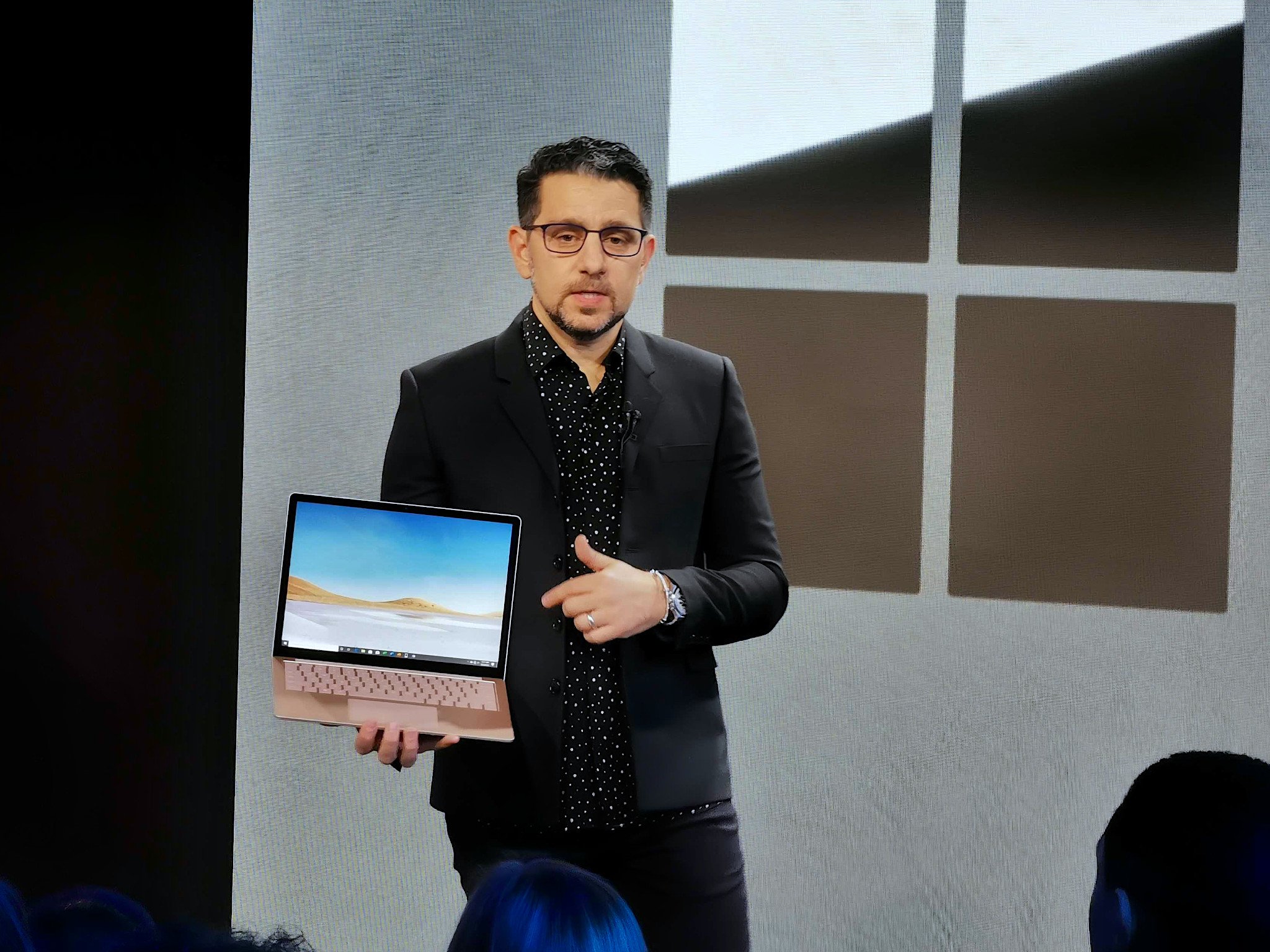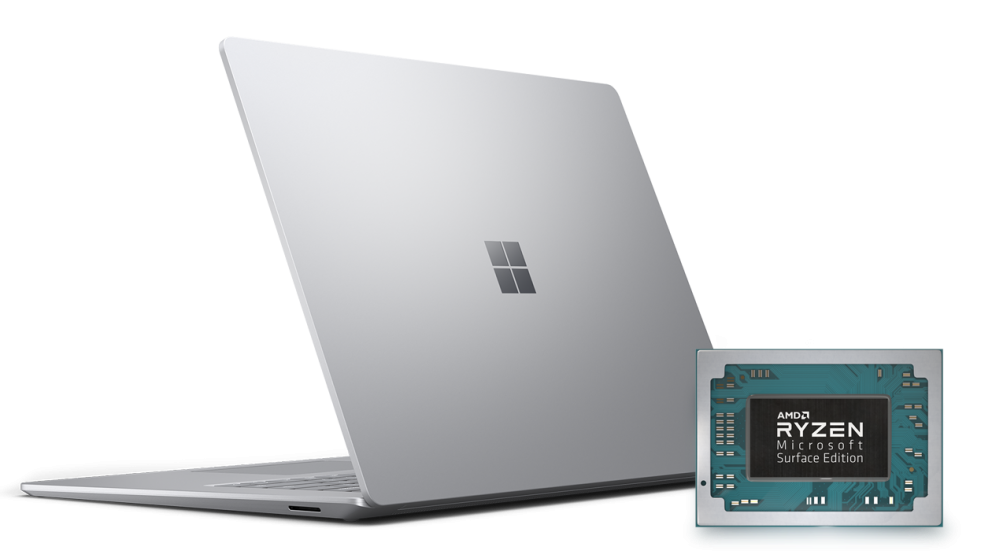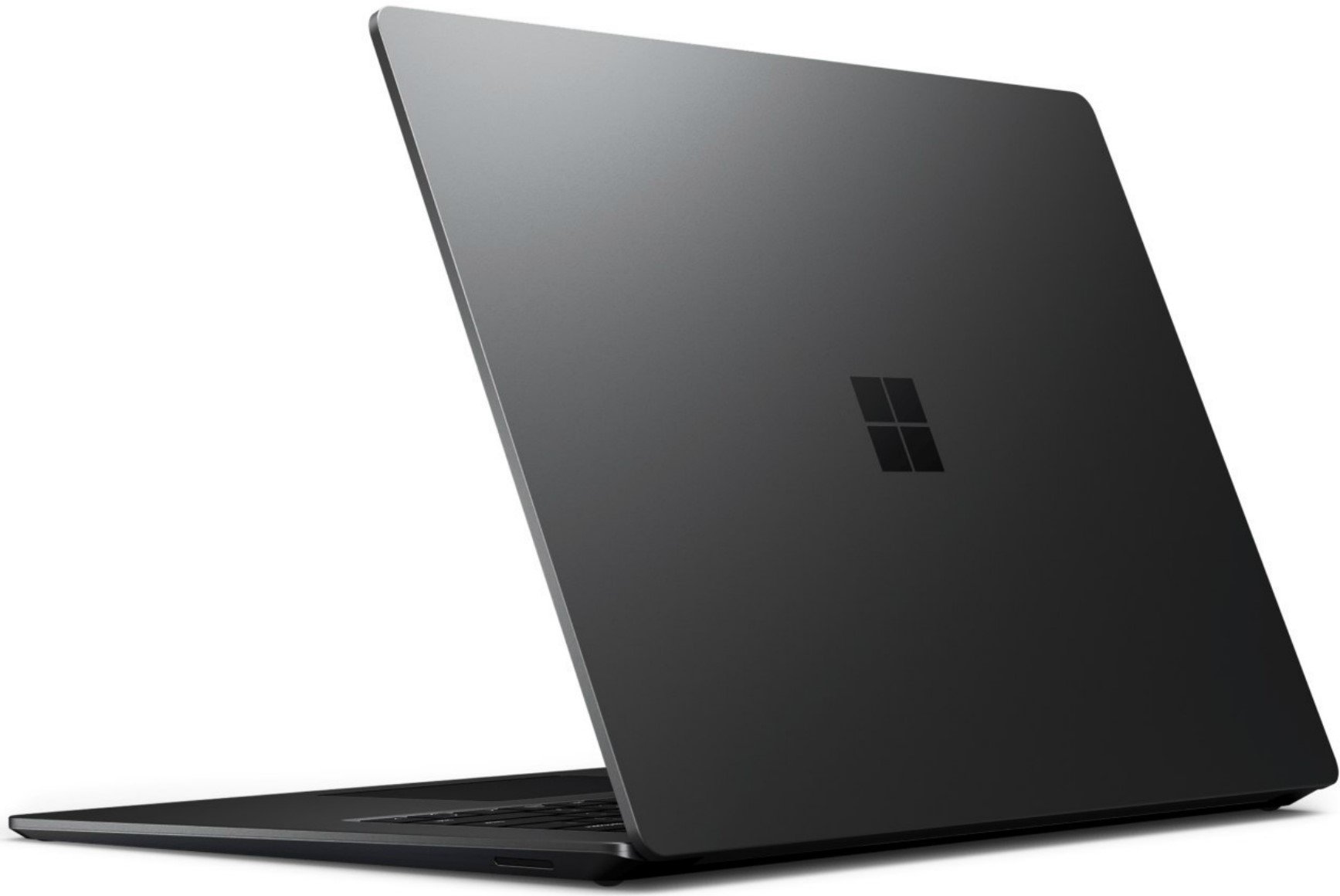Making sense of the AMD Ryzen Microsoft Surface Edition processors
As rumored, AMD and Microsoft partnered on the Surface Laptop 3. But what exactly is the 'custom' Surface Edition Ryzen processor?


Until now, all Surface Laptop configurations, as with Surface Pro and Surface Book have been powered by Intel. Microsoft has shaken things up a little not only by adding a 15-inch model, but by powering it with AMD hardware.
There's plenty of buzz about the Surface Edition Ryzen processor and the claims of "best in class performance", but what, actually, is it? Well, it's not as custom as you may think, but that doesn't make it any less impressive.
AMD Ryzen Surface Edition tech specs
| Header Cell - Column 0 | Ryzen 5 3580U | Ryzen 7 3780U |
|---|---|---|
| Cores | 4 | 4 |
| Threads | 8 | 8 |
| Vega GPU cores | 9 | 11 |
| GPU clock | 1300 MHz | 1400 MHz |
| Base clock | 2.1 GHz | 2.3 GHz |
| Max boost clock | 3.7 GHz | 4.0 GHz |
| TDP | 15W | 15W |
| System memory | 2400 MHz | 2400 MHz |
| Memory channels | 2 | 2 |
You can check out the complete spec list for the Ryzen 5 and Ryzen 7 at AMD. On a hardware level, GPU aside, they're basically identical to the Ryzen 5 3500U and the Ryzen 7 3700U. The fact that these both exist already with the magic 15W TDP Microsoft was looking for makes using them an easy choice.
So what are AMD Ryzen Microsoft Surface Edition processors (besides a mouthful)?

It sounds pretty awesome, right? A special edition processor just for the Surface Laptop 3. And it is. I'm excited, and you should be too. I love Ryzen and I'm happy to see it inside a flagship Windows 10 laptop like this one.
But we shouldn't get carried away by the whole "custom" thing. While it is, it's more of a beefed-up, optimized version of what you can already get in some other laptops. It's still an exclusive design, but based on existing hardware.
It's different, but it's not a lot different.
The Ryzen Surface Edition is made up of two parts, the CPU and GPU, and both have their own importance. The GPU is the significant hardware change compared to other Ryzen laptops in that Microsoft gets an additional GPU core on both the Ryzen 5 and Ryzen 7. Microsoft gets Vega 9 and Vega 11 on the Ryzen 5 and 7 respectively, whereas everyone else "only" gets Vega 8 and Vega 10. While one additional core doesn't make a massive difference, it still makes a difference, and considering how good AMD's integrated graphics are, the more cores you can get the better.
The Vega GPU cores are paired with four Ryzen CPU cores with eight threads. The CPU cores are still based on AMD's previous generation architecture, the 12nm Zen+, not the new 7nm Zen 2. The base and boost clocks appear to be the same as the non-Surface Edition chips they're based on.
All the latest news, reviews, and guides for Windows and Xbox diehards.
It's Ryzen and it's good

Ultimately, the hardware is worth being excited about, and no doubt the collaboration has resulted in a number of optimizations under the hood, especially with claims of all-day battery life. My own Ryzen laptop, while decent, certainly doesn't last all-day.
But the whole "Surface Edition" thing appears mostly a marketing tactic. That doesn't mean any of the claims are false, it just means that for the most part it's a rebadging of existing Ryzen chips, tossing an additional GPU core on and then optimizing it for the Surface Laptop 3.
Technically it's custom, but a better label would be customized. Other Ryzen laptop buyers aren't being left far behind.

Richard Devine is a Managing Editor at Windows Central with over a decade of experience. A former Project Manager and long-term tech addict, he joined Mobile Nations in 2011 and has been found on Android Central and iMore as well as Windows Central. Currently, you'll find him steering the site's coverage of all manner of PC hardware and reviews. Find him on Mastodon at mstdn.social/@richdevine

